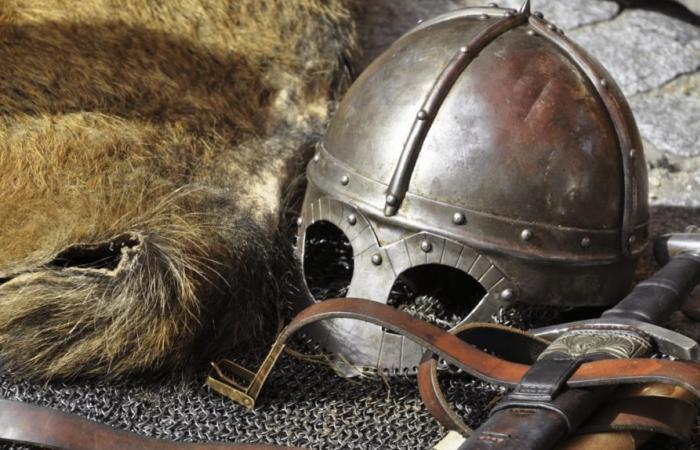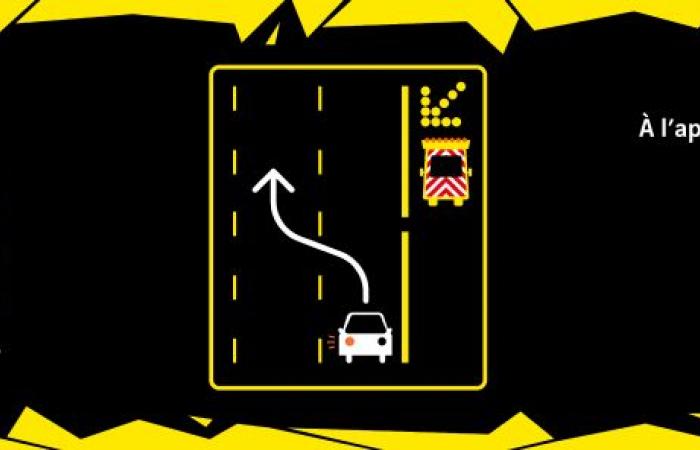In the Gard, a medieval festival in Uchaud for the benefit of the Telethon!
In Uchaud, a medieval festival will be held on November 30 and December 1, 2024 to support the Telethon. Organized at the Espace Christian Eymard, this fair will offer an immersion in the Middle Ages thanks to a camp recreated by several troops: the Merces Company, Dominium Vulpis, Les Chevaliers des Terres d'Occitanie, Les Sans Terre de Regordane and Somnium Bellator.
Visitors, young and old, will be able to participate in interactive workshops to discover medieval know-how and activities. For 5 euros, each participant will have access to eight activities: medieval fights, archery, calligraphy, leather engraving, period hairstyles, and much more.
This festive and cultural initiative aims to raise funds for the Telethon. A great opportunity to delve into history while supporting a united cause.
Find all the information on the dedicated Facebook page.







